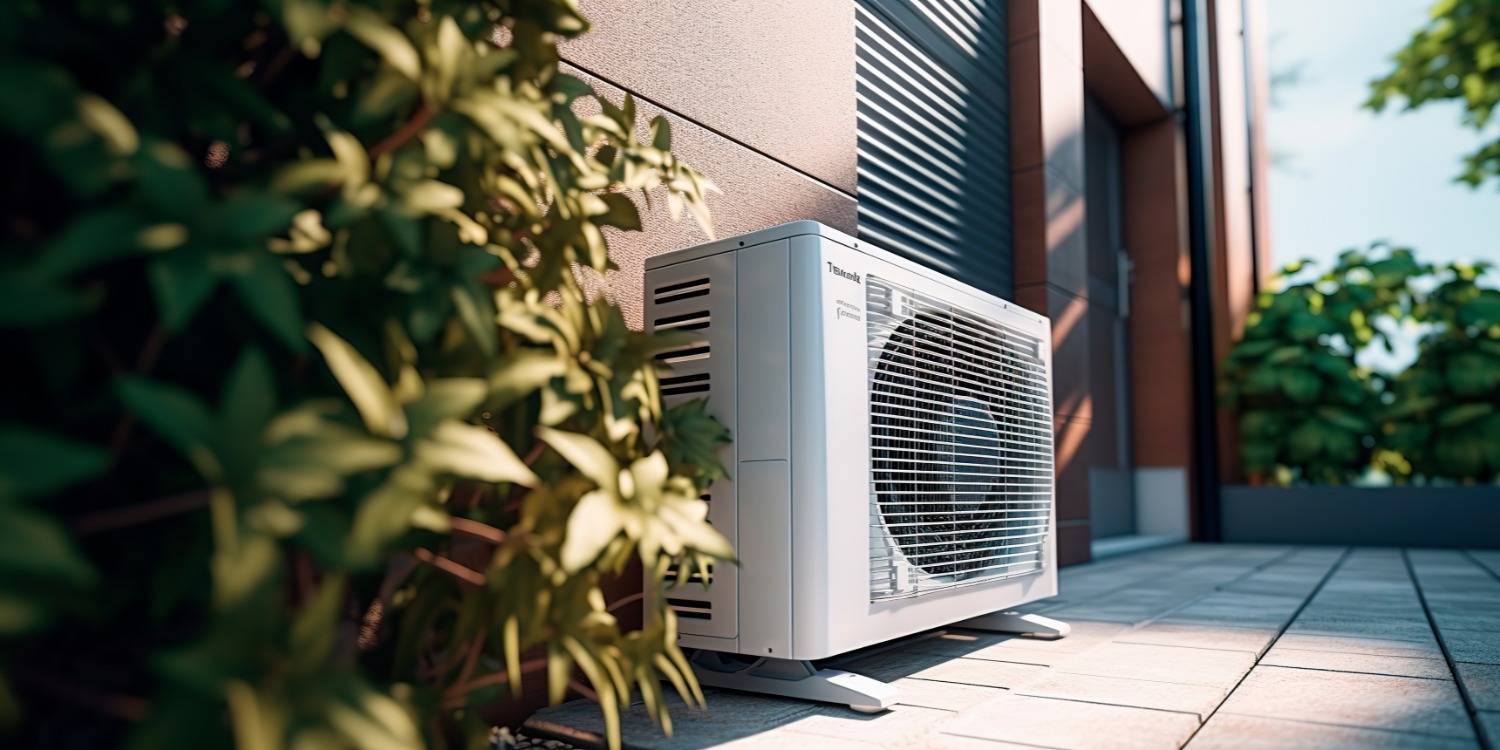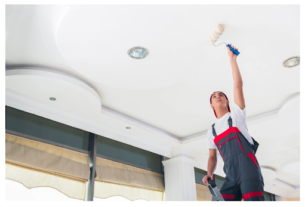The HVAC sector is feeling the same pressure as the rest of the building industry to become more energy efficient. Many people are upgrading their AC and are making them eco-friendly and energy-efficient. If you want to upgrade your AC, contact Socool Pte Ltd.
The concept of sustainability is now more than simply a trend; it is a complete way of life. So how is the AC industry adapting to this new reality? What are the advantages of using greener technology and how have they emerged? In this article we will provide the best practices for maintaining an environmentally friendly HVAC system. For more, visit https://www.socool.sg/.
Hydronic heating:
Hydronic heating has actually been around longer than solar energy. Hydronic heating is accomplished by circulating hot water through tubes set up under the flooring, in the walls or in the baseboards. Solar panels or heat pumps can be used to power boilers. Three methods, conduction, convection and radiation, exist for the transmission of heat.
Ice powered air conditioning:
Recent advances in technology have made it possible to freeze water for use in cooling systems. The air conditioners melt the ice at night and utilize it during the day to chill the building, cutting costs significantly. The water is chilled using a series of copper coils within the units. When the temperature inside a building rises, the ice in the system helps cool the heated refrigerant, resulting in a 30% decrease in energy consumption.
Digital ceilings:
The technology has been claimed as the industry standard for years to come. Motion, occupancy, temperature and carbon dioxide levels can all be detected via sensors installed in the ceiling. Lighting, security and climate control can all be managed using these. The sensors can figure out the routines of the people inside a structure and modify the temperature and lighting accordingly.
Solar powered HVAC:
Solar-powered heating, ventilation and air conditioning (HVAC) systems can use solar panels to generate electricity. Using solar energy to power your HVAC system is a great way to save money and the environment. To further lessen the impact on the environment, any surplus energy created on sunny days can be either stored or supplied back into the grid.
Ductless mini-split units:
Upgrading to high-efficiency heating, ventilation and air conditioning (HVAC) devices is a great way to cut back on energy costs. Due to their efficiency and adaptability, ductless mini-split units are gaining popularity. You may save money on utilities by only cooling or heating the rooms that require it with these systems. The energy losses that occur in conventional ductwork are also mitigated. Check the SEER (Seasonal Efficiency of Energy Ratio) ratings of HVAC systems before purchasing. The higher the numbers, the more efficient the system is.
Zoning and smart thermostats:
Smart thermostats take into account individual user preferences by gathering this information over time. In addition, homeowners may maximize the effectiveness of their HVAC systems with the use of remote control apps for smartphones. A building’s energy efficiency can be further improved with the use of zoning systems, which create separate sections of the building, each with its own thermostat and temperature settings.
Smart controls with building automation systems:
One major step toward more environmentally friendly HVAC systems is the incorporation of smart controls with building automation systems. By utilizing these technologies, HVAC operations can be optimized in real-time according to factors like occupancy, weather, and indoor air quality, among others.
Smart HVAC controls enhance energy efficiency without compromising comfort by continually modifying temperature, ventilation, and airflow using sensors and data analysis. Not only may HVAC systems be controlled by building automation systems, but so can lighting, security, and energy consumption.
Also Read: divijos




